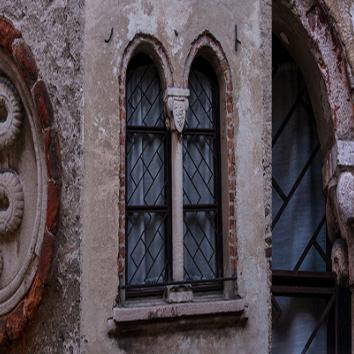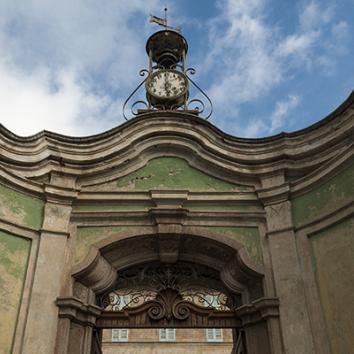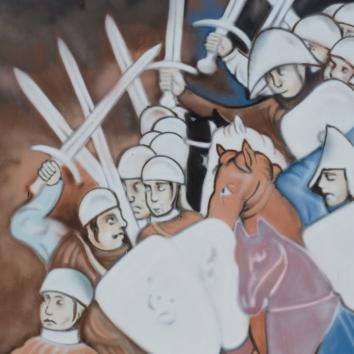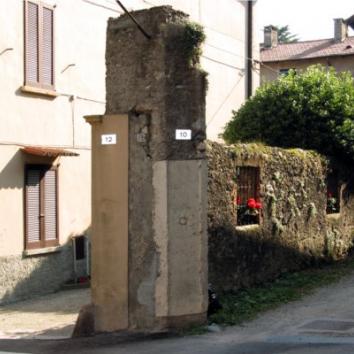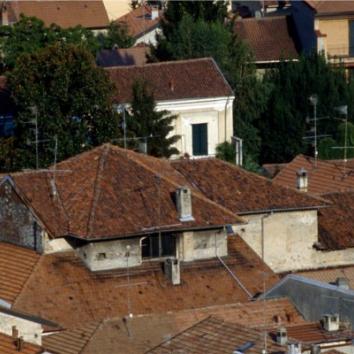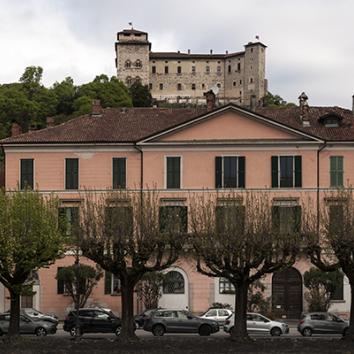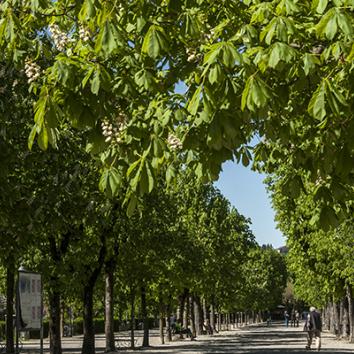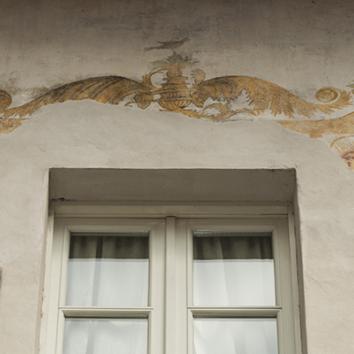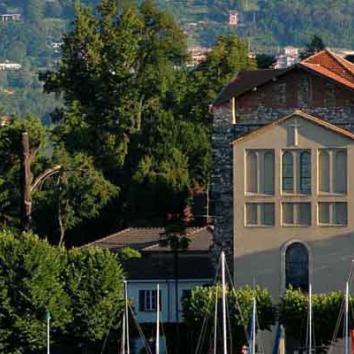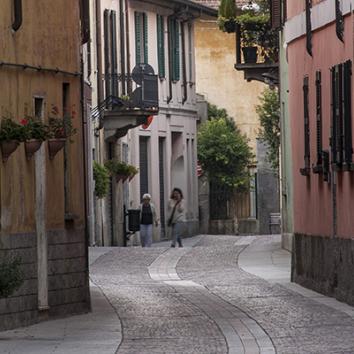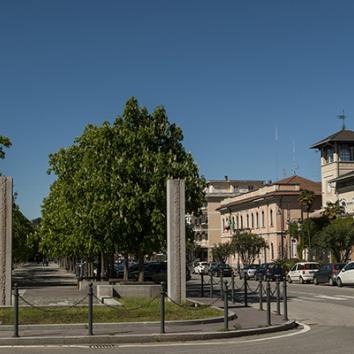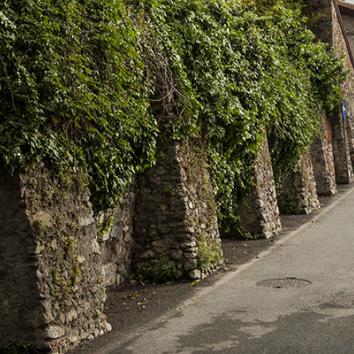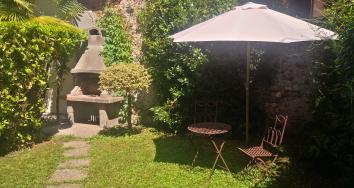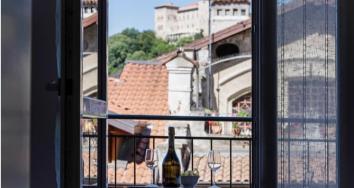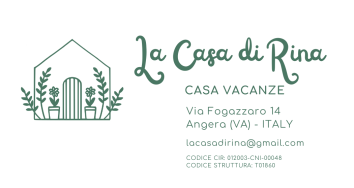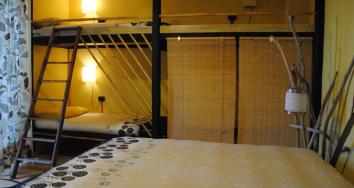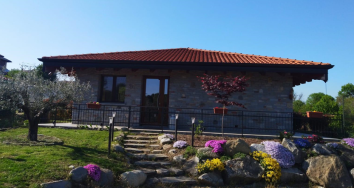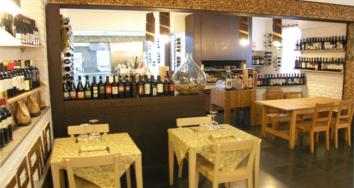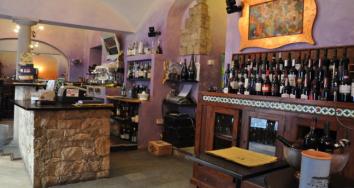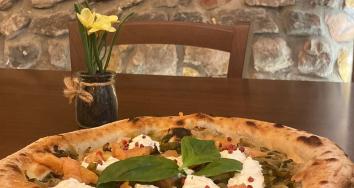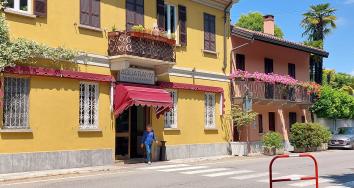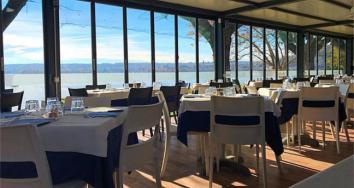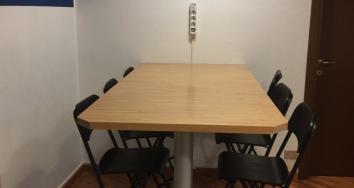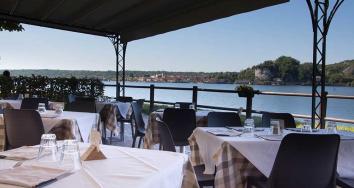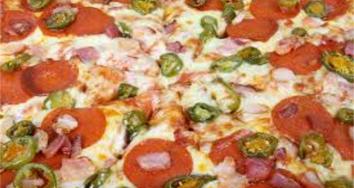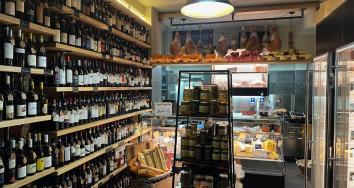Il Pane di Angera
A bread whose recipe was prepared starting from the ancient ingredients and using only stone-ground organic flour and natural yeast
We are the second town in Italy, after Pompeii for the quality and quantity of Roman sandwich finds.
Thanks to a project by the Municipality of Angera with its Civic Archaeological Museum, carried out in collaboration with the Superintendence of Archeology of Lombardy, it was possible to rediscover the millenary and biodiverse sandwiches that came to light during the excavations in Angera and exceptionally intact joints up to us after almost 2000 years.
The archaeobotanical analyzes carried out by the Laboratory of Archeobiology of the Civic Museums of Como have revealed to us that the local sandwiches were prepared with spelled and wheat flour, coarsely milled, and that they were leavened, probably using brewer's yeast, since the Latin writer Plinio tells that the Celts taught the Romans to use it and that, therefore, the bread in Cisalpina was softer than elsewhere.
The Municipality of Angera has decided to revive the millenary sandwiches by creating a product with a mark of Municipal Denomination of Origin, which protects and regulates production and consumption. The chef Claudio Mei Tomasi and the baker Claudio Giombelli have elaborated the recipe starting from the ancient ingredients and using only organic stone-ground flour and natural yeast. Even today it is possible to taste the Angera Bread at the authorized shops.
The sandwiches are attested since ancient times in at least three forms: the quadratus bread, the braid and the donut without the hole that was called Tazìna, which in Angerese dialect means bowl. It is served only in authorized local restaurants, accompanied by sauces, creams and soups specially created inspired by ancient foods or typical local products.
Angera bread can be purchased on Thursday and Saturday at Giombelli Bakery
Via Mario Greppi, 83 - Angera tel. 0331.930269





